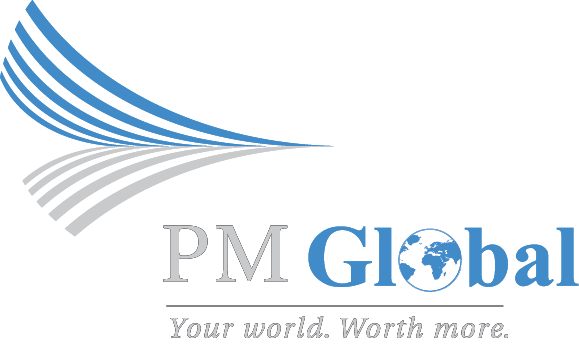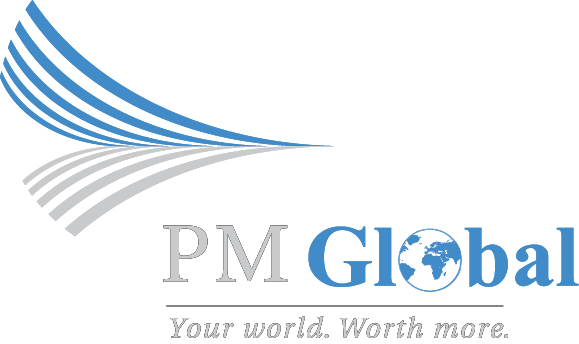The Paycheck Protection Program (PPP) is an SBA loan program designed to help small businesses keep their workforce employed during the COVID-19 pandemic. The $349 billion in funds authorized under The CARES Act is designed to provide funding to small businesses to guarantee eight weeks of payroll and qualified costs, allowing them to remain in business and help their employees during the crisis. Lenders began processing applications in early April, and the program runs through June 30, 2020.
Eligibility for PPP Loans
Eligibility for Paycheck Protection Program (“PPP”) is determined by (a) the existing SBA sizing metrics of number of employees or annual receipts (based on a business’s industry classification or (b) SBA alternative size standards of a net worth not exceeding $15 million with an average net income of not more than $5 million.
To qualify, the borrower must have been in operation on February 15, 2020. Businesses must have had employees for whom they paid wages and payroll taxes.
Eligible PPP borrowers also include sole proprietorships, self-employed persons, independent contractors, nonprofit organizations, and veterans’ organizations with:
- Domicile in the United States
- 500 of fewer employees (including full- and part-time workers)
It is important to note that passive businesses owned by developers and landlords that do not occupy or operate within the asset the loan proceeds are considered ineligible.
Calculating number of employees
Employees include both full- and part-time workers. Businesses may use the average employment over the time periods also used to calculate payroll costs (either the calendar year 2019 or the 12 months preceding the loan origination) to determine their number of employees. In addition, the SBA requires borrowers to include employees of any company – both domestic and foreign – controlled by the borrower. This calculation is referred to as the Affiliation Rule.
Application of “Affiliation Rules”
There are four applicable tests to determine control-based affiliation:
- Affiliation based on ownership: This includes owning or controlling greater than 50% of voting equity or control management. It also includes a minority shareholder that can block company action;
- Affiliation based on financial power: This is based on stock options, convertible securities, and agreements to merge for those borrowers considered to have power to control and as though rights have been exercised;
- Affiliation based on management: This includes control management of the borrower, including through a management agreement; and
- Affiliation based on identity of interest: This refers to interest of close relatives with substantially identical interests to the borrower, such as close relatives operating businesses in similar industries within the same geography.
The PPP application requires potential borrowers to identify any other businesses with which they have comment management, in order to help identify affiliations.
Exceptions and exemptions
A few industry exceptions exist, particularly for the hotel and food services industries. For these businesses, the affiliation rules are waived. Additionally, businesses classified as such that have multiple physical locations and employ more than 500 people total, loan eligibility still exists, so long as there no more than 500 employees at any one physical location.
The affiliation rules are also waived for franchises in the SBA Franchise Directory, as well as SBIC-funded entities.
Faith-based organizations are subject to an exemption from the affiliation rules.
PPP Loan Forgiveness Overview
Up to 100% of PPP Loans may be forgiven under the CARES Act, provided the borrower meets the following criteria:
- Loan proceeds are used to cover costs within four categories, paid over the benefit period (an eight-week period that begins the date the loan is made)
- Payroll Costs: salaries, wages, and commissions (up to $100,000 per employee), benefits (including group healthcare and retirement) sick leave, and state and local taxes assessed on employee compensation.
- Qualified non-payroll costs (in effect prior to February 15, 2020)
- Mortgage interest
- Rent under lease agreements
- Utilities, including gas, electric, water, telephone/internet, and transportation
- Compensation levels are maintained for employees who earn $100,000 or less
- The number of persons employed is maintained
- No more than 25% of the loan is used for qualified non-payroll costs (mortgage interest, rent, and utilities)
If a portion of the loan is not forgiven, that amount is due within 2 years, accruing interest at 1% a year. There will be a 6-month deferral of interest and principal payments from the date of the loan; however, interest will still accrue during that time frame.
As this situation is evolving rapidly, please visit our COVID-19 Resource Center for the most up to date information. Be on the lookout for our upcoming article providing more in-depth advice surrounding PPP loan forgiveness.


